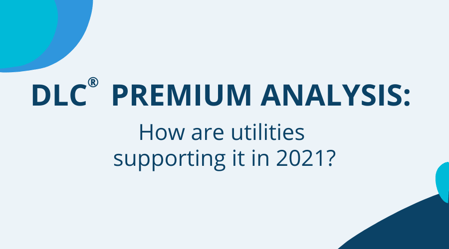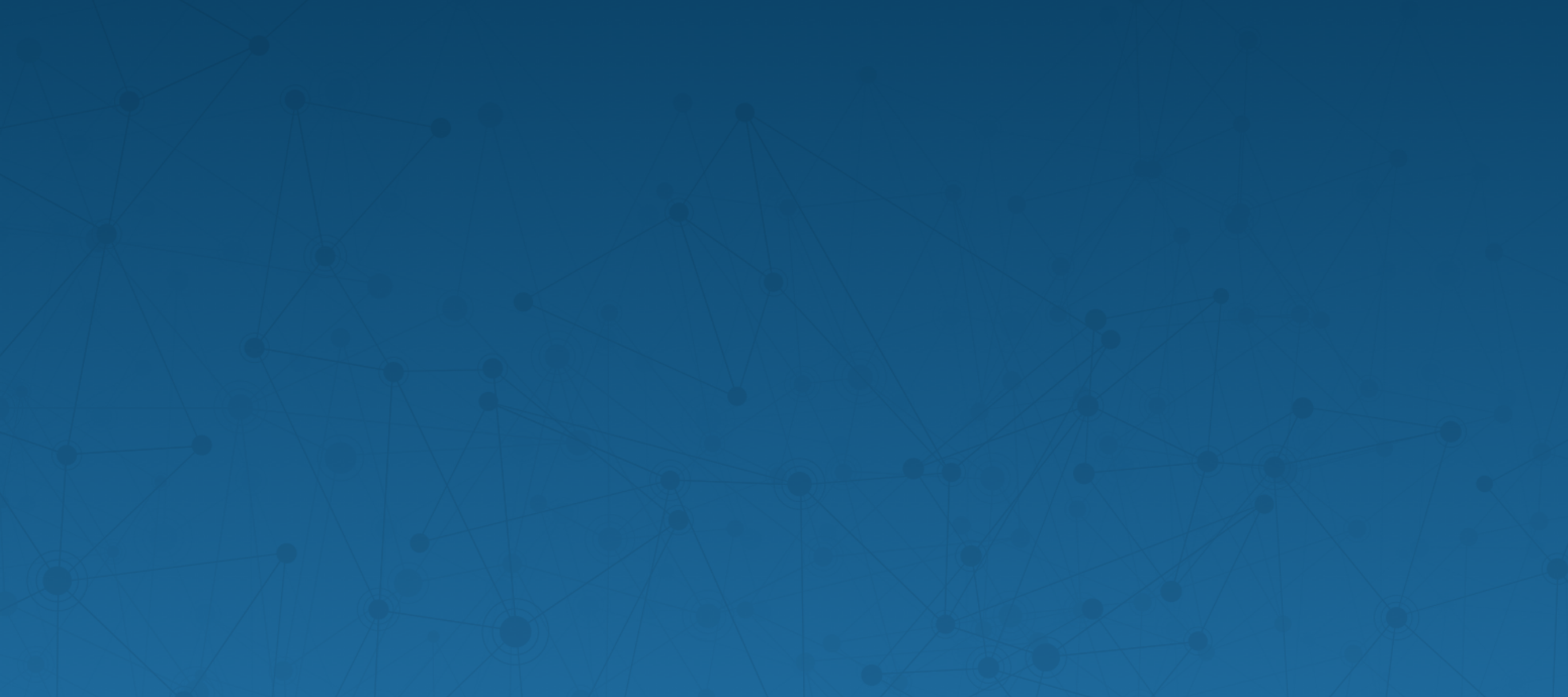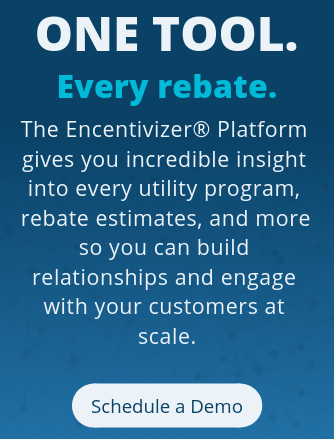
Updated June 25, 2021
Executive Summary
We are examining the use of the DesignLights Consortium® (DLC®) Premium classification in US and Canadian electric utility programs. The DLC Premium designation has existed since 2015. Since then, adoption of this concept into utility programs has been by a small select group and is getting progressively smaller. When we last covered this topic in our newsletter at the very end of 2018, several utilities have dropped any specific support for DLC Premium. We will cover the current usage of DLC Premium by geography, and in detail by program and category.
Research Highlights

Figure 1
The map in Figure 1 Illustrates the states and provinces that contain at least one utility that either requires DLC Premium or offers higher rebates for DLC Premium. We have identified 3 levels of program support:
- Dark Green - Multiple categories offer higher incentives for DLC Premium over DLC Standard
- Medium Green - DLC Premium is required for at least one category, rebates are not offered for DLC Standard in those categories
- Light Green - DLC Premium differentiated rebates are offered for a very limited number of categories
The increase in rebate for DLC premium overall is between 3% and 60%, but varies greatly by program and category, which we will illustrate in detail further below.
Influence of DLC Premium on C&I market
Utilities offering Premium rebates: 79 (out of approximately 1,000 that offer C&I rebates)
- Investor-owned utilities: 6
- Municipal/Co-ops: 73
Total number of commercial electric accounts in US: 19,350,000 (approximate from 2017 EIA)
Total number of commercial electric accounts in DLC Premium utilities: 1,190,000
% of commercial electric accounts in DLC Premium utilities: 6.1%
Changes since March 2020
The following programs have changed support for DLC Premium since March 2020:
- Southern California Edison - Dropped any specific mention of DLC Premium
- Delaware EEIF - Added enhanced incentives for DLC Premium
- Mass Save - Dropped enhanced incentives for DLC Premium
DLC Premium Utility and Category Summary
The following table summarizes the specific utilities and programs that support DLC Premium. The data is drawn from our Encentivizer database. Premium only indicates that there is no percent increase because DLC Standard is not incentivized. The range is largely driven by the lumen package of the products.
| State | Program | Category | Percent Increase |
|
CA |
PG&E |
High Bay |
Premium only |
|
CT |
EnergizeCT |
Troffers |
6% - 31% |
|
CT |
EnergizeCT |
Parking Garage |
25% - 60% |
|
CT |
EnergizeCT |
Troffer Retrofit Kits |
6% - 31% |
|
DE |
EEIF |
Troffers |
13% - 33% |
|
DE |
EEIF |
Parking Garage |
20% - 25% |
|
FL |
JEA |
All |
Premium only |
|
MN, IA, ND, SD |
Bright Energy Solutions |
Case lighting |
20% - 33% |
|
NS |
Nova Scotia |
High Bay |
6% - 25% |
|
NY |
National Grid |
Outdoor |
3% - 40% |
|
NY |
National Grid |
High Bay |
11% - 16% |
|
NY |
National Grid |
Troffers and Kits |
33% - 50% |
|
NY |
National Grid |
Parking Garage |
6% - 10% |
|
NY |
National Grid |
Retrofit Kits High Bay |
13% - 16% |
|
QC |
Hydro Quebec |
Multiple categories |
Varies |
|
RI |
National Grid |
Outdoor |
33% |
|
RI |
National Grid |
High Bay |
16% - 50% |
|
RI |
National Grid |
Troffers and Kits |
11% - 20% |
|
RI |
National Grid |
Parking Garage |
25% - 50% |
|
RI |
National Grid |
Retrofit Kits High Bay |
50% |
Program Reviews
- PG&E- These California utilities have limited their rebates in these categories to DLC Premium only. California’s code and regulations have limited the utilities ability to incentivize the sales of less efficacious fixtures
- EnergizeCT - Eversource and United Illuminating have full support for DLC Premium these categories. They have rebates for other categories but do differentiate for Premium.
- JEA (Jacksonville Energy Authority) - Florida is not known for its lighting rebates, but the JEA is offering rebates for DLC Premium only
- Bright Energy Solutions - This program is available in municipalities and co-op utilities in the upper Midwest. DLC Premium is only supported for refrigerated case lighting
- Efficiency Nova Scotia - This Canadian utility offers DLC Premium support for High Bays only
- National Grid NY - This program generally offers comprehensive support for DLC Premium
- Hydro Quebec - This program has an unusual design based on ranging rates for kilolumens, so difficult to generalize, but does offer higher incentives for DLC Premium
- National Grid Rhode Island - This program generally offers comprehensive support for DLC Premium
- Delaware EEIF - This program offers enhanced incentives for troffers and parking garage DLC Premium LEDs
Analysis for Manufacturers
It is an understatement to say that given the increased requirements and cost of complying with DLC Premium, the amount of utility support is lackluster. But we will examine the opportunity and challenges of DLC Premium through a couple of lenses.
Higher Efficacy
Currently the major hallmark of DLC Premium is higher efficacy. In the DLC Premium utilities, that higher efficacy is rewarded with higher rebates. However, in many utilities, rebates are calculated based on Watts saved or kWh saved. Higher efficacy in these programs is then rewarded with higher rebates as well given the higher energy savings. But if we take High Bays as an example, in the current version of the DLC SSL 5.0 the minimum for efficacy for standard is 120 and for premium is 135, which is a 12.5% increase. Offering a building owner a 120 vs 135 lumen/watt solution would yield a 12.5% higher rebate for the DLC Premium qualified product for these energy savings-based programs. 12.5% is in the range that the DLC Premium programs offer as extra incentives, without the rest of DLC Premium requirements. On the other hand, for programs that offer fixed rebates based on category of product and lumen ranges, there is no extra rebate dollars for a DLC Premium product. This is a contrived example, but illustrates the complexity around the valuing the central feature of DLC Premium.
Geography and Market
Obviously, the limited geography and market coverage of DLC Premium is worthy of a few questions. How much business do I do in these territories? How much do I sell of these specific categories in each of these utilities? Where do you do business?
DLC V5.1
The new DLC SSL 5.1 will go into effect in 2022 and will have enhanced requirements for DLC Premium products.
- Efficacy - There are no efficacy changes between 5.0 and 5.1
- Chromaticity - Enhanced requirements
- Discomfort Glare - Enhanced requirements
- Continuous Dimming is required
- Lumen Maintenance - Enhanced requirements
Each one of these factors require examination by manufacturers to determine their costs from both a product development and testing lab perspective.
Will more utilities explicitly support DLC Premium?
Given the recent trends in DLC Premium adoption (or abandonment), it is difficult to imagine that more utilities will suddenly support DLC Premium. The minimum efficacy increases are minor generally, and since most utilities are judged on kWh and kW savings, there isn’t much justification for adopting it. To balance that, there is some discussion about the quality of light with more progressive public utility commissions and utilities, but remains to be seen how that translates to utility program goals.
Will utilities that support DLC Premium increase the amount they are incentivizing?
It would be difficult to understand why. Utilities are also judged by the cost of acquiring energy savings, and therefore must balance any increase in dollars with a commensurate increase in energy savings, which is not warranted in this case. Again if public utility commissions can get behind some sort of additional compensation for light quality, then you may see increases.
Final Thoughts
- The lack of support for this concept from utilities is frustrating. There are 75 member utilities (representing 40+ states and provinces) at the DLC so this response comes across like a small group of vocal utilities seems to be commandeering policy development at the DLC. Quality of light seems to be an increasingly important topic, especially from a health perspective, so doubly frustrating! It is important to remember that the DLC organization is a facilitator and implementer of policy, ultimately it is the member utilities that are the creators of policy.
- What is the downside of not registering a fixture that would qualify for Premium from an efficacy perspective as Premium? Is it the marketing power of the word ‘Premium’ and the market size of California?
Note to Encentivizer Product Awareness subscribers: The economic analysis of where DLC Standard and Premium matter is easily calculated using the Product Awareness tool. Picking an equivalent Standard and Premium fixture from your catalog in the tool enables you to quickly determine how Premium affects your products’ rebates.
.png?width=500&name=2019%20e%20news%20spotlight%20logo%20(1).png)




